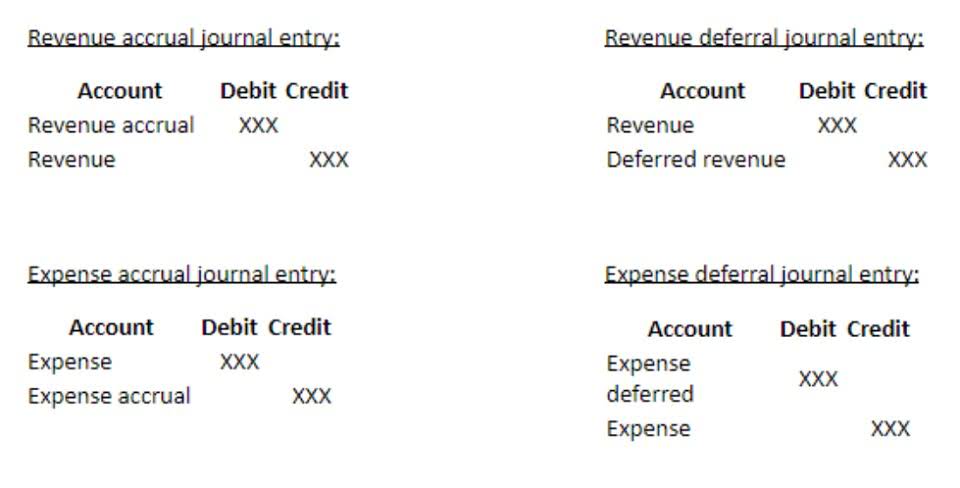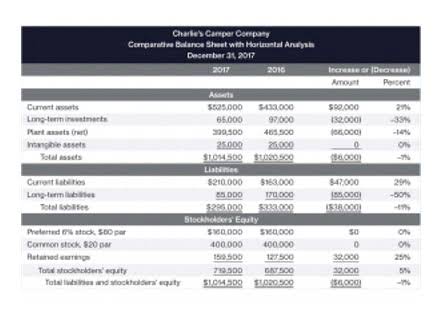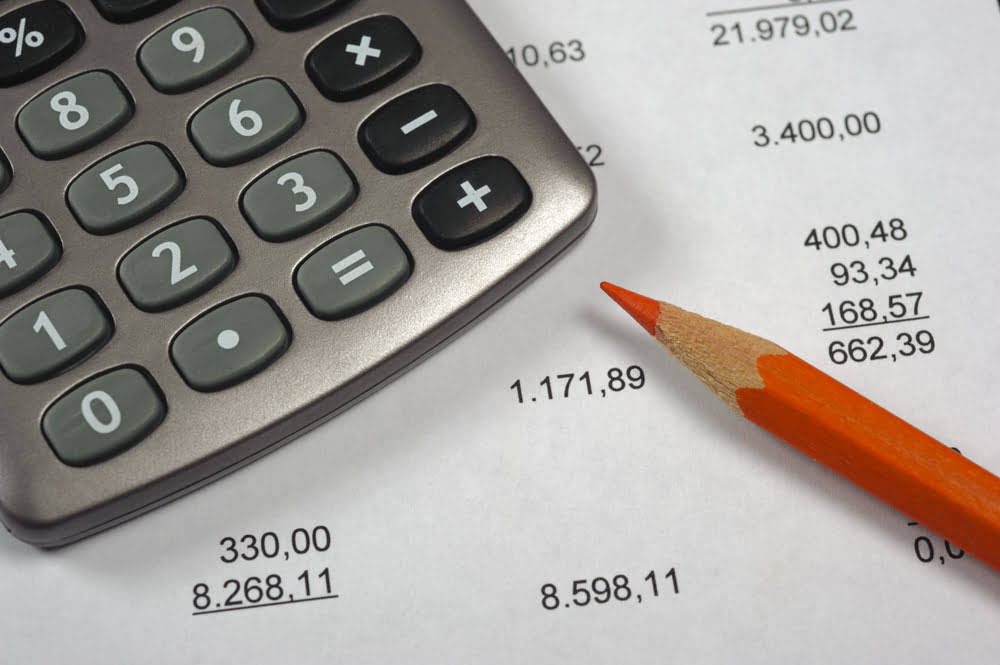
May Oak bought and placed in service an item of section 179 property costing $11,000. May used the property 80% for business and 20% for personal purposes. The business part of the cost of the property is $8,800 (80% (0.80) × $11,000). If you do not claim depreciation you are entitled to deduct, you must still reduce the basis of the property by the full amount of depreciation allowable. You must reduce the basis of property by the depreciation allowed or allowable, whichever is greater.

Higher inflation environment influenced market reaction to shocks
If you bought the stock after its first offering, the corporation’s adjusted basis in the property is the amount figured in (1) above. The FMV of the property is considered to be the same as the corporation’s adjusted basis figured in this way minus straight line depreciation, unless the value is unrealistic. For tax years beginning in 2024, the maximum section 179 expense deduction is $1,220,000. For tax years beginning in 2023, the maximum section 179 expense deduction is $1,160,000. Carrying value is the net of the asset account and the accumulated depreciation.
What Is Depreciation in Accounting?
Depreciation is the recovery of the cost of the property over a number of years. You deduct a part of the cost every year until you fully recover its cost. It generally determines the depreciation method, recovery period, and convention. If it is described in Table B-1, also check Table B-2 to find the activity in which the property is being used. If the activity is described in Table B-2, read the text (if any) under the title to determine if the property is specifically included in that asset class. If it is, use the recovery period shown in the appropriate column of Table B-2 following the description of the activity.
Ask Any Financial Question
- The corporation first multiplies the basis ($1,000) by 40% to get the depreciation for a full tax year of $400.
- Eight in 10 taxpayers use direct deposit to receive their refunds.
- The excess basis (the part of the acquired property’s basis that exceeds its carryover basis), if any, of the acquired property is treated as newly placed in service property.
- Here are four common methods of calculating annual depreciation expenses, along with when it’s best to use them.
- Further, they have an impact on earnings if the asset is ever sold, either for a gain or a loss when compared to its book value.
You can account for the use of a passenger automobile by a salesperson for a business trip away from home over a period of time by a single record of miles traveled. Minimal personal use (such as a stop for lunch between two business stops) is not an interruption of business use. If you acquire a passenger automobile in a trade-in, depreciate the carryover basis separately as if the trade-in did not occur. Depreciate the part of the new automobile’s basis that exceeds its carryover basis (excess basis) as if it were newly placed in service property. This excess basis is the additional cash paid for the new automobile in the trade-in. If your business use of the car had been less than 100% during any year, your depreciation deduction would have been less than the maximum amount allowable for that year.

Straight-Line Method
In addition, LITCs can provide information about taxpayer rights and responsibilities in different languages for individuals who speak English as a second language. For more information or to find an LITC near you, go to the LITC page at TaxpayerAdvocate.IRS.gov/LITC what are depreciable assets or see IRS Pub. 4134, Low Income Taxpayer Clinic List, at IRS.gov/pub/irs-pdf/p4134.pdf. TAS works to resolve large-scale problems that affect many taxpayers. If you know of one of these broad issues, report it to TAS at IRS.gov/SAMS.


However, it does not reflect any reduction in basis for any special depreciation allowance.. This disallowed deduction amount is shown on line 13 of Form 4562. You use the amount you carry over to determine your section 179 deduction in the next year. Enter https://www.bookstime.com/articles/depreciation-tax-shield that amount on line 10 of your Form 4562 for the next year. On February 1, 2023, the XYZ Corporation purchased and placed in service qualifying section 179 property that cost $1,160,000. It elects to expense the entire $1,160,000 cost under section 179.
Your business’s depreciation expense reduces the earnings on which your taxes are based, reducing the taxes your business owes the IRS. The larger the depreciation expense, the lower your taxable income. A way to figure depreciation for property that ratably deducts the same amount for each year in the recovery period. The rate (in percentage terms) is determined by dividing 1 by the number of years in the recovery period. During the year, you made substantial improvements to the land on which your paper plant is located. You check Table B-1 and find land improvements under asset class 00.3.

How to file depreciation
- Because the taxable income is at least $1,160,000, XYZ can take a $1,160,000 section 179 deduction.
- 11 Financial’s website is limited to the dissemination of general information pertaining to its advisory services, together with access to additional investment-related information, publications, and links.
- If you dispose of all the property, or the last item of property, in a GAA, you can choose to end the GAA.
- Under the double-declining balance method, the book value of the trailer after three years would be $51,200 and the gain on a sale at $80,000 would be $28,800, recorded on the income statement—a large one-time boost.
- You refer to the MACRS Percentage Table Guide in Appendix A to determine which table you should use under the mid-quarter convention.